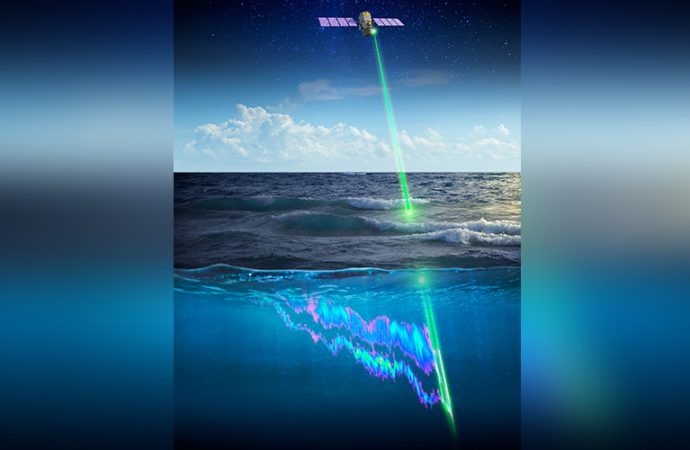A tiny organism at the base of the food chain, but vital for life to exist on Earth, is under threat, according to data collected by a NASA satellite that has been firing a laser into the ocean for a decade.
Phytoplankton, a tiny plant organism living near the Earth’s poles, is an essential food source for ocean dwellers. It also sucks in carbon dioxide, assisting with the planet’s carbon cycle, contributing to up to 85 percent of the planet’s breathable oxygen.
The new findings by NASA worryingly indicate that the species’ “boom and bust” population is heavily threatened by melting ice-caps caused by global warming.
The organism’s population has been difficult to study due to “limited sunlight and persistent clouds” around the polar regions, making readings hard to detect on satellite sensors. Using the Cloud-Aerosol Lidar with Orthogonal Polarization (CALIOP), a giant laser beam has been studying phytoplankton since 2006 in great detail.
“CALIOP was a game-changer in our thinking about ocean remote sensing from space,” research scientist Chris Hostetler said in a statement released by NASA. “We were able to study the workings of the high-latitude ocean ecosystem during times of year when we were previously completely blind.”
The new findings, published in the journal Nature Geoscience, indicate that the organisms’ population around Antarctica was closely tied to ice cap coverage, not to annual growth rates as previously believed. As rising temperatures melt the ice, raising the ocean temperature, phytoplankton population decreases.
The population was also found to cause “phytoplankton blooms” in the Arctic region, when its growth rates allow it to outgrow the fish that prey on it. As its growth rate stops, the fish that depend on it catch up.
“The take-home message is that if we want to understand the biological food web and production of the polar systems as a whole, we have to focus both on changes in ice cover and changes in the ecosystems that regulate this delicate balance between predators and prey,” marine plankton expert Michael Behrenfeld explained.
Source: RT.com

































Leave a Comment
You must be logged in to post a comment.